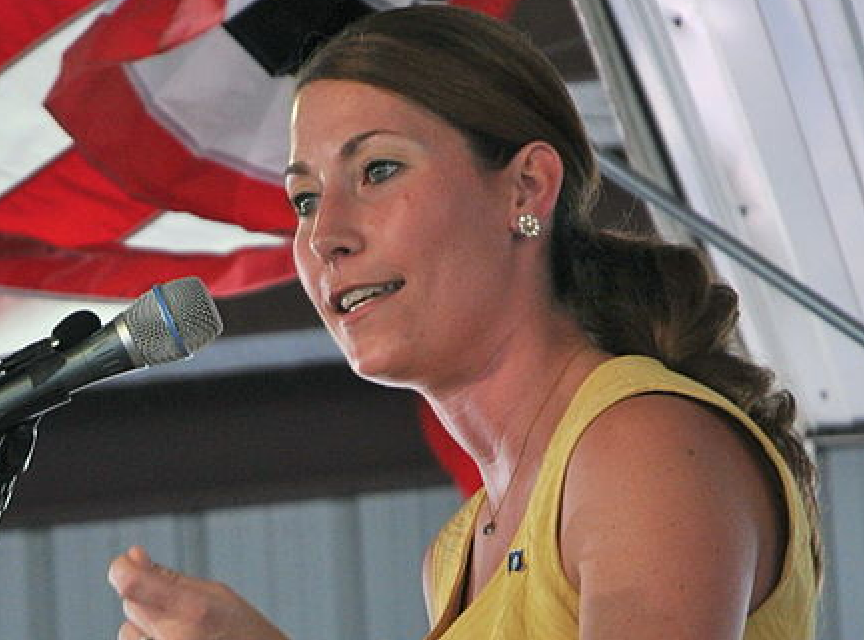LOUISVILLE, Ky. — A decline in church membership in Kentucky has political experts questioning if traditional voting patterns will remain intact on Tuesday.
In recent elections, white evangelical Protestants in Kentucky have turned up at the polls in droves — in 2010, they comprised 50 percent of the state’s electorate, said Robert P. Jones, CEO of the Public Religion Research Institute.
However, numbers from the American Values Atlas, an interactive mapping system launched by the Public Religion Research Institute and Social Science Research Solutions, showed that in the Bluegrass state, the number of white evangelical Protestants dropped between 2007 and 2013. At the same time, the percentage of religiously unaffiliated rose.
Because evangelicals skew Republican and the unaffiliated tend to vote Democratic, the trends suggest the GOP could take a hit in elections.
In Kentucky, the percentage changes in both categories were the highest in the country, according to American Values Atlas.
So will the reported drop off in evangelical voting strength help Democratic candidate Alison Lundergan Grimes in her bid to upset Republican Senate Minority Leader Mitch McConnell on Tuesday?
Not necessarily.
That’s because the unaffiliated — that is, those who claim no ties to particular religious groups — tend to also skew young. A Pew Research Center report showed that 32 percent of 18- to 29-year-olds are unaffiliated. And if history repeats itself, this group may not show up at the polls in great numbers for the midterm election.
“In the short term it’s not clear that the shift in Kentucky’s population will matter very much,” said Stephen Voss, associate political science professor at the University of Kentucky.
“Young people tend not to vote. And so the shifts that we see of them in terms of their political preferences or their policy orientations takes a little while to percolate through the system.”
According to American Values Atlas, from 2007 to 2013, the number of white evangelical Protestants in Kentucky declined by 11 percent. By the same token, the percentage of religiously unaffiliated Kentuckians rose by nine. This trend extends to other southern states — Arkansas, Georgia, North Carolina and Louisiana — that also have close Senate races, though the changes were less pronounced.
Two factors account for this shift: the growing minority Hispanic and Asian populations, and a decline in church membership largely due to millennials distancing themselves from the religion of their parents and grandparents.
“So shifts, even small shifts in a group that is A, large, and B, votes that heavily for one party, can actually make a difference,” Jones said.
But whether this shift will bear effects as early as Tuesday’s election depends largely on young voter turnout, and many of Kentucky’s millennials seem to bypass Senate races. During Kentucky’s last Senate race, in 2010, only 22.9 percent of voters aged 18-29 turned up at the polls, according to CIRCLE, an organization that conducts research on voting trends of young Americans.
Yet the group has clout: It makes up 21 percent of Kentucky’s population.
“Where you really expect this to matter is 10 years down the road,” Voss said. “When the Republican Party, looking at demographics, knows it’s in trouble and it has to sort of come up with a different coalition than the one it has now if it intends to survive.”

